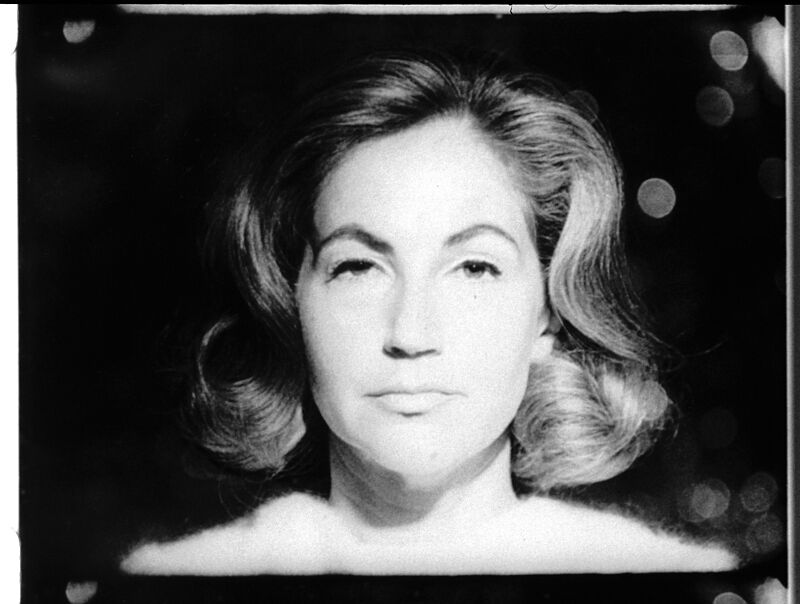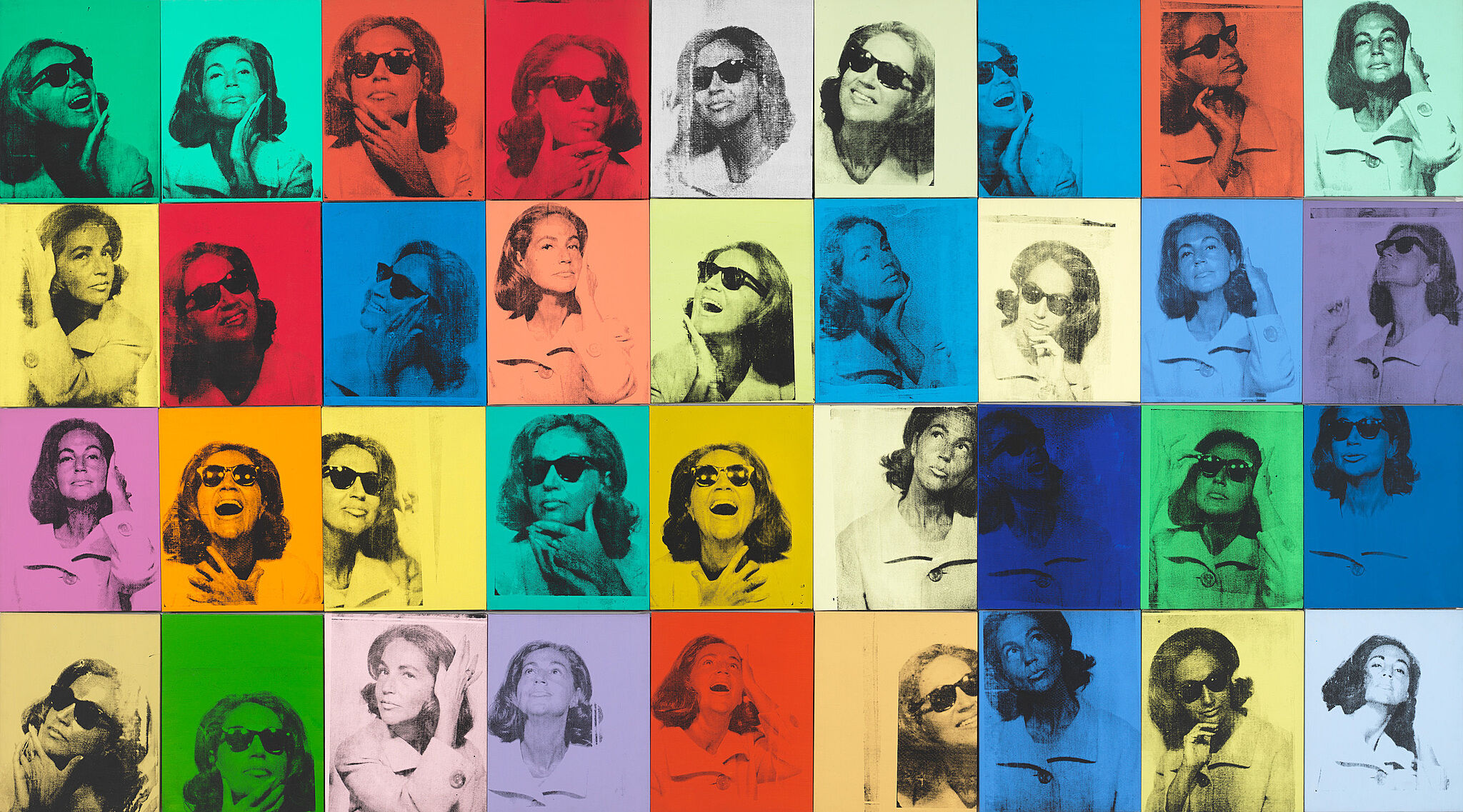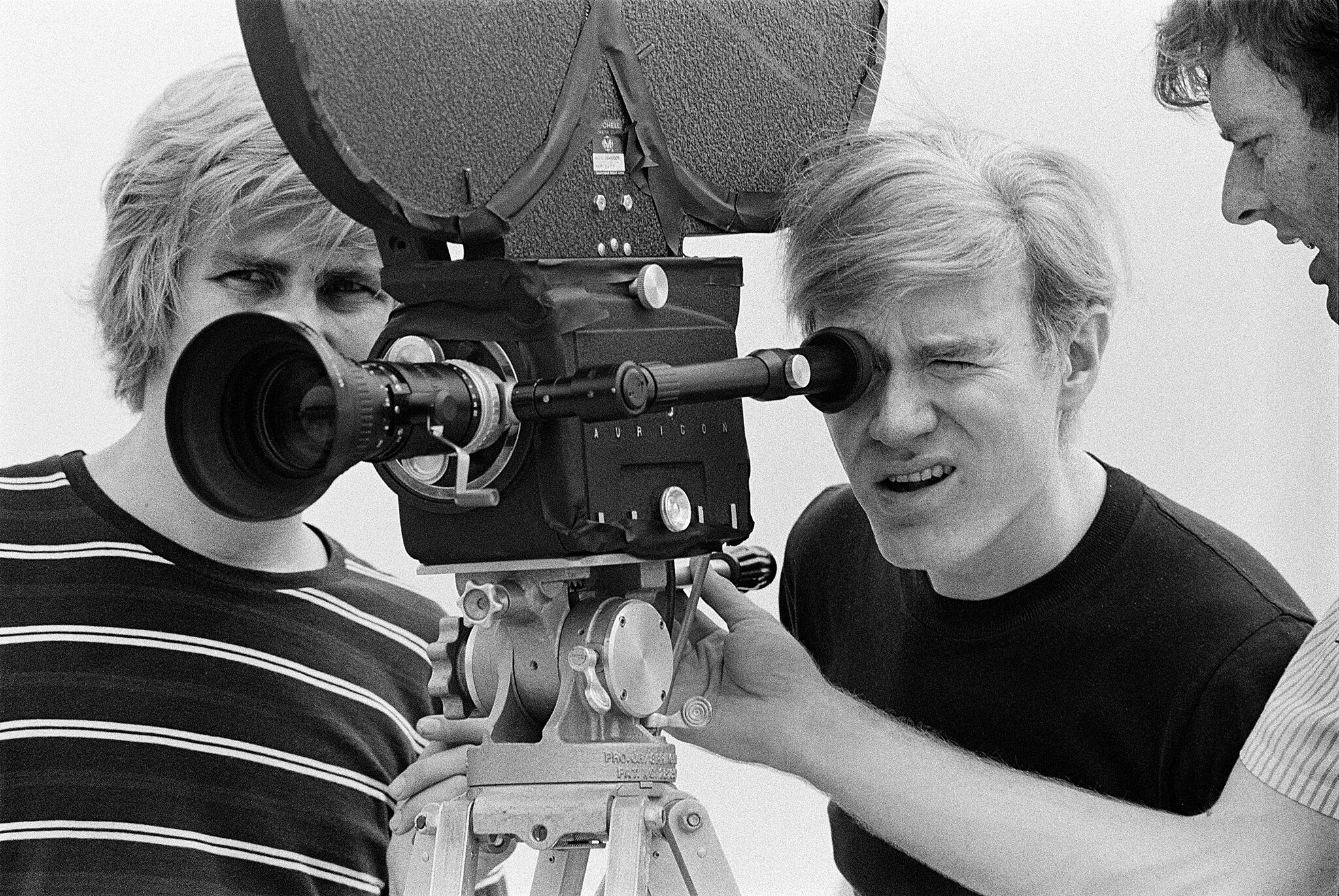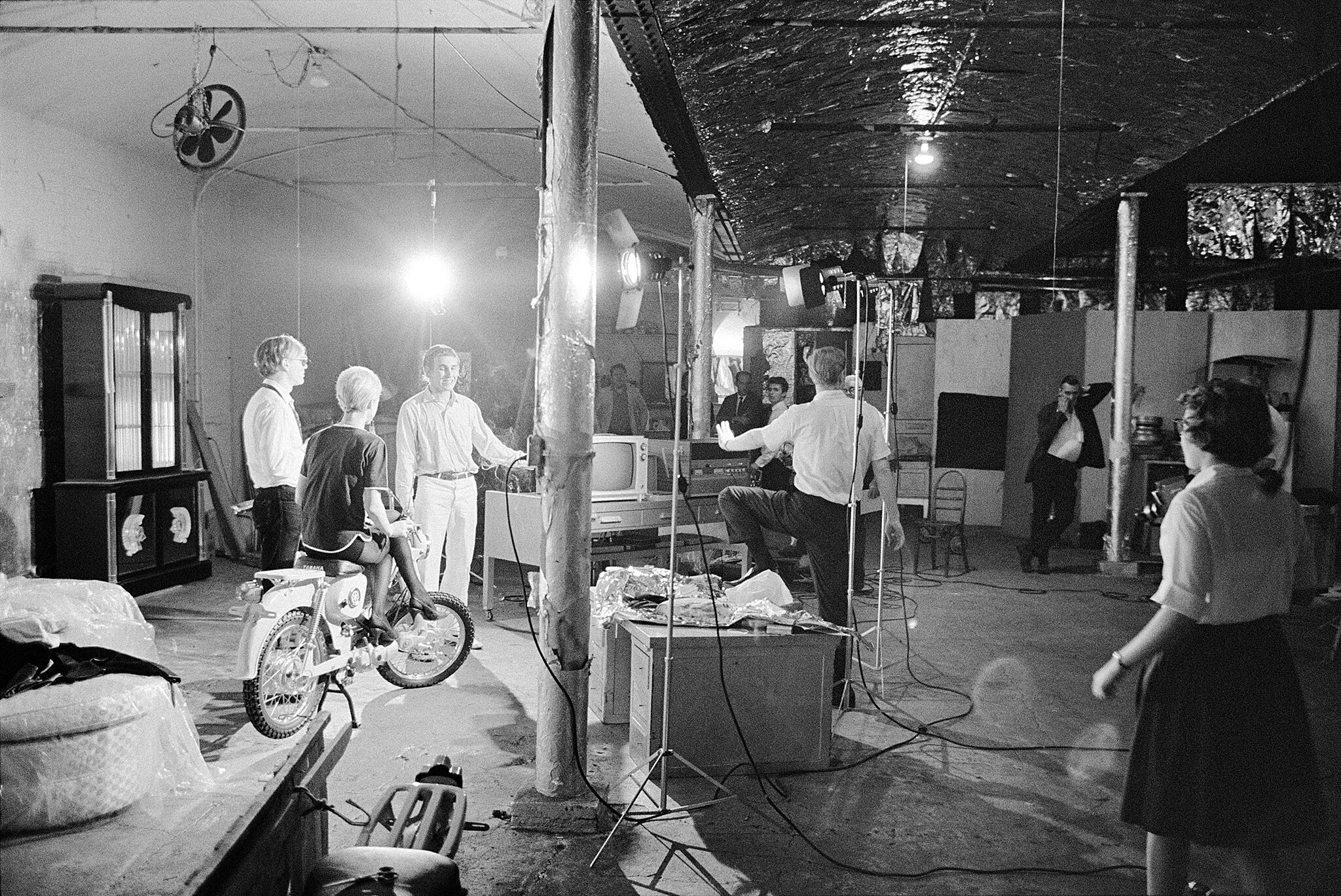Andy Warhol— From A to B and Back Again | Art & Artists
Nov 12, 2018–Mar 31, 2019
Andy Warhol— From A to B and Back Again | Art & Artists
Filmmaking
8
From 1963 to 1968 Warhol produced hundreds of movies. Although his filmmaking was informed by a wide range of film genres and styles—including underground cinema, Hollywood, documentary, pornography, avant-garde performance and theater, portraiture, and minimalism—he consistently worked to redefine both the film-going experience and the practice of filmmaking itself on his own terms, pushing the limits of spectatorship with unwatchably long films, constructing new definitions of film performance, and embracing the flaws inherent to the medium of film, accepting the notion of accident, chance, and imperfection.
“…People usually just go to the movies to see only the star, to eat him up, so here at last is a chance to look only at the star for as long as you like, no matter what he does and to eat him up all you want to.”
Warhol turned to avant-garde film in part because there he was free to explore raw, subversive subject matter in a way that he knew the conservative art world did not allow. He increasingly featured homoerotic imagery, foregrounded New York’s subcultures—including those he created himself in the Factory featuring his superstars—and deconstructed the tropes of Hollywood cinema, even as his films’ narrative structures grew increasingly complex.
Still from Ethel Scull (Screen Test 303), 1964
One of his most ambitious investigations into the art of portraiture, Warhol’s Screen Tests encourage their sitters to follow a rigorous set of rules, including to remain as still as possible, without blinking, for the duration of the roll—a little over three minutes. The films distill a consistent theme throughout all of Warhol’s films, his fascination with the mysteries of personality as revealed (and concealed) on the movie screen. Warhol made this screen test of art collector Ethel Scull a year after he painted her portrait—his first major painting commission.






